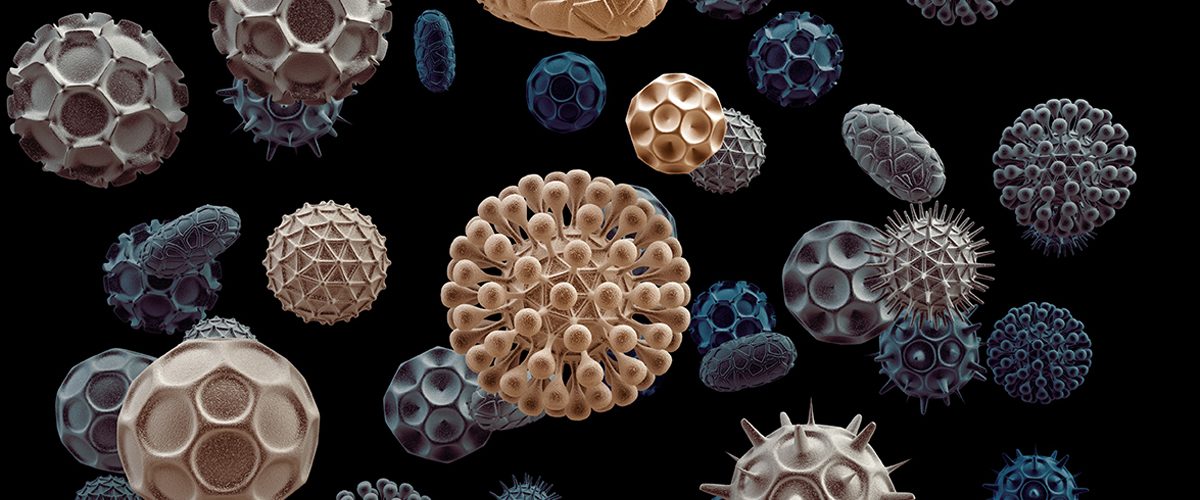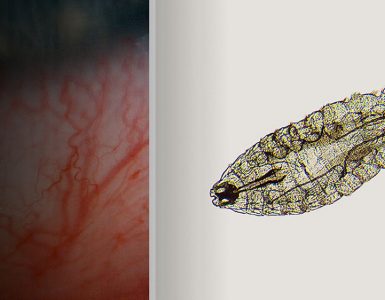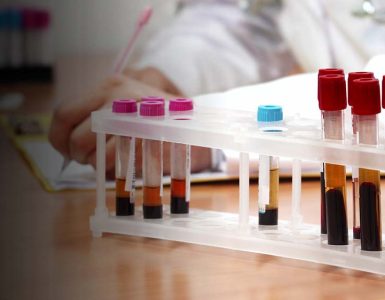Researchers have long puzzled over the way Earth’s oxygen appears to have risen haltingly over time. The planet started with almost no oxygen but then seems to have abruptly jumped up to roughly a few percent of its current abundance around two billion years ago. Then, after leveling out for some time, there was another sharp rise in the levels of oxygen. Scientists give the credit to photosynthesizing microbes, that give off oxygen while producing energy from sunlight.
Microbiologist Gregyory Dick from the University of Michigan started on a quest to find how the Earth’s atmosphere got its oxygen and the corresponding factors, and according to him,
Our research suggests that the rate at which Earth is spinning – in other words, its day length – may have had an important effect on the pattern and timing of Earth’s oxygenation.
That’s only the first half of the answer. The study is published in Nature Geoscience.
Scientists believe that the Earth’s spin is slowing down because of the gravitational pull of the moon on the planet, making the Earth slightly decelerate. As a result, the day has increased to half an hour longer than it used to be. With a gain of 1.8 milliseconds per century.
All the oxygen on Earth has been a result of photosynthesis, which is invented by tiny cyanobacteria. These bacteria are an integral part of the second component of the answer, that is, “the great oxidation event”. These microbes evolved 2.4 billion years ago, while Earth turned oxygen-rich slowly. They kick start oxygen on Earth, without which there wouldn’t be life on Earth as we know it. But they are not so readily seen around.
We do not fully understand why it took so long and what factors-controlled Earth’s oxygenation, said geo microbiologist Judith Klatt. But when studying mats of cyanobacteria in the Middle Island Sinkhole in Lake Huron in Michigan, which lives under conditions resembling early Earth, I had an idea.
Klatt with his team from the University of Michigan, worked around Greg Dick to connect the dots and find an answer. They found microbial mats in the Middle Island Sinkhole in Lake Huron that are considered as the analog to the cyanobacteria responsible for the Great Oxidation Event.
This mat has white- sulfur eating, and purple – oxygen-producing cyanobacteria. The former rises to the top during the night, while later does its job during the day when oxygen is up and shining. A slight delay in the oxygen production by purple cyanobacteria has been witnessed and the team believes that “It’s possible that a similar type of competition between microbes contributed to the delay in oxygen production on the early Earth.”
They performed different experiments and measurements on the microbes and after conducting modeling studies they found that lengthening days were linked to the increase in Earth’s oxygen – not just the Great Oxidation Event, but another, second atmospheric oxygenation called the Neoproterozoic Oxygenation Event around 550 to 800 million years ago.
Chennu said, “We tie together laws of physics operating at vastly different scales, from molecular diffusion to planetary mechanics. We show that there is a fundamental link between day length and how much oxygen can be released by ground-dwelling microbes,”

















Add comment